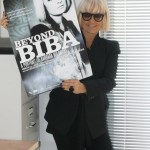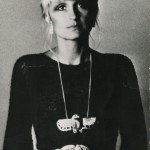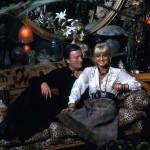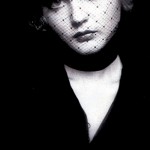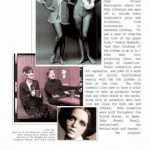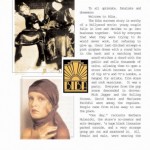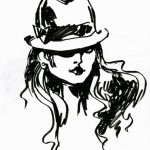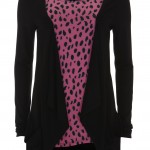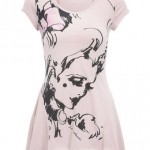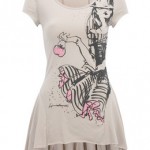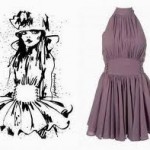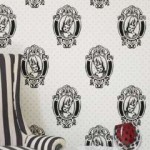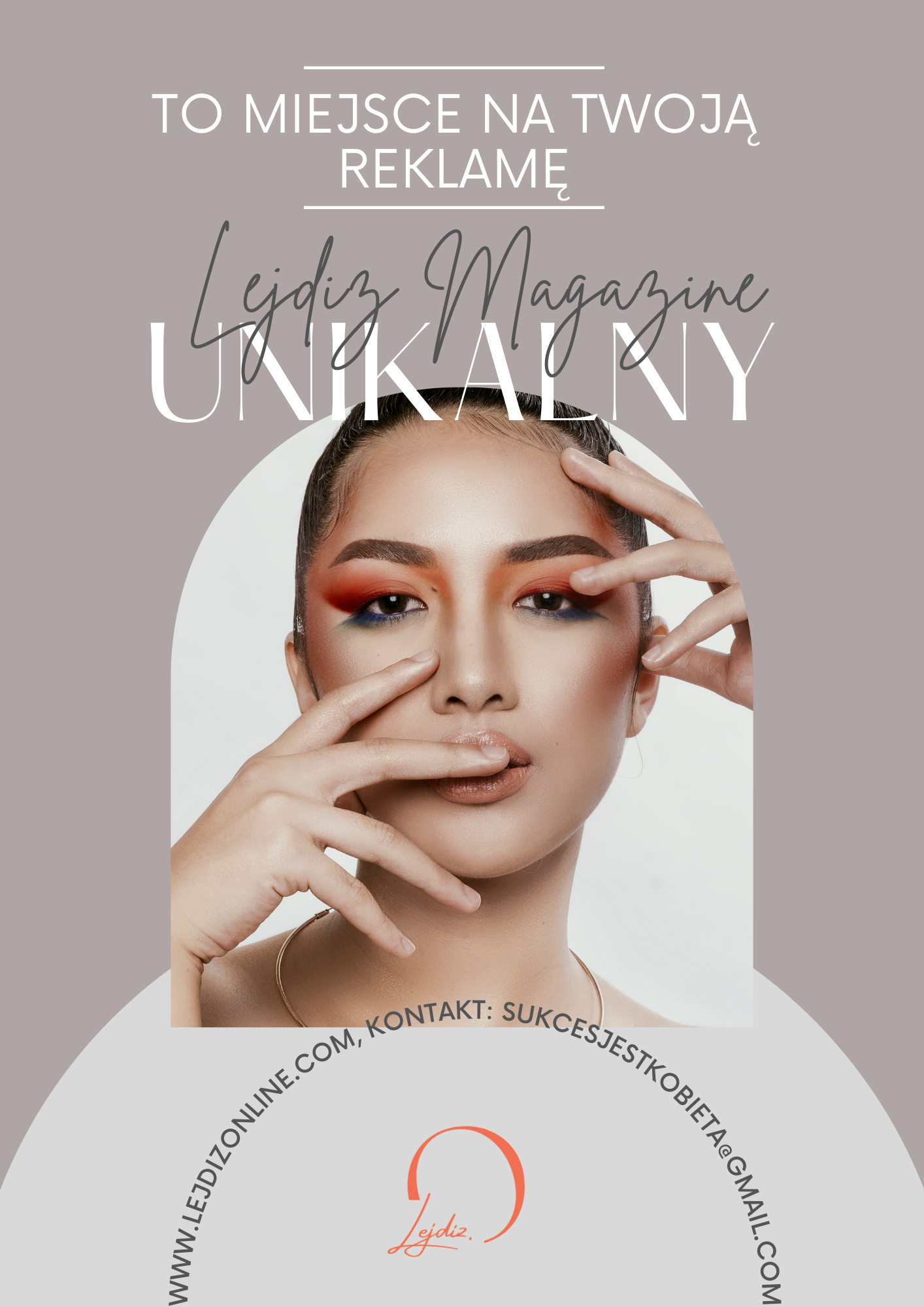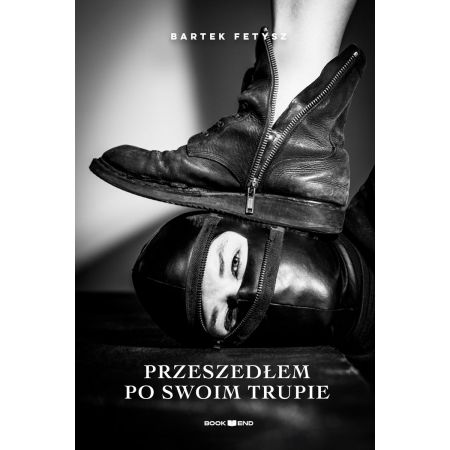Barbara Hulanicki was born in Poland, grew up in Jerusalem, but most of her days she made in the UK and USA. Today she is over 70 years old stylish lady, who is still very active in fashion designing, interior design, fashion illustration and taking part in many fashion events. She was honoured by Her Majesty The Queen by OBE for Services of Fashion in 2012. She founded legendary BIBA boutique which had changed British fashion forever. Barbara is a true inspiration who started as a fashion illustrator in daily newspapers to set up her small business based on mail order. Her career blossomed in early 70′. Along with her husband Stephen Fitz-Simon was going from strength to strength after shaky start to become the fashion icon of 70′. She dressed up David Bowie, Mick Jagger and lots of movie, TV and rock stars. In 1976 Barbara opened 5-story department store, with roof top garden, restaurant, selling not only fashion but also lifestyle. She had her make-up and food line. In 80′ Barbara challenged herself to interior design, creating restaurants, night clubs, studios, hotels along with private mansions. She designed several costumes for movies and wallpapers for Habitat, collections for Topshop and lately she has designed collections for George. More about Barbara Hulanicki:http://www.barbarahulanickidesign.com/about-barbara-hulanicki/
Interview by Gosia Szwed
Hi Barbara, is it true that you do not speak Polish?
I understand Polish. I was in Polish schools in Jerusalem until I was twelve. When my father was assassinated we went to England and we only spoke the Polish language.
You always emphasize that you are not Polish. You were born in Warsaw. Don’t you miss polish traditions, habits, and cuisine?
I never emphasize I am not Polish. I have always said I am Polish. How could you not realize I am not Polish with a surname like mine? I named my business Biba after my Polish sister’s nickname and my son is called Witold, which is also a Polish name.
You grew up in Jerusalem. How was it?/
It was the land of milk and honey, lovely as a child. My family was very close. My father was Polish Consul General before the war and later he worked with all the Polish refugees that were coming in from Siberia. He helped organize Polish schools in Jerusalem and Ein Karem. He was also the leader of the Polish YMCA.
Then you came to Britain. Was that a big culture shock for you?
Yes, a tremendous shock. I sat in school for six months without understanding what was going on. We all missed my father and my mother was inconsolable.
So did you plan to be a fashion designer?
My mother and my aunt were very stylish and it was always a tradition to look immaculate.
Where did you study Fashion? Were you spotted by tutors as a special talent?
At art school I spent most of my time playing a truant in the cinema. I studied fashion at Brighton Art School but I thought it would take too long so I decided to work in a fashion illustration studio. I went to all of the couture shows in Paris and learned about fashion first hand rather than sitting in a college.
You got married, everything was fine, and you set up a boutique. It sounds like a dream coming truth very quickly. Was it difficult to start in London back then in 60’?
I married an Irishman and he encouraged me to go back to designing clothes and we opened our first shop. It was difficult but fun at the time and we were very ignorant about business but learnt very quickly.
There was no internet, glossy magazines were niche. So how did you promote the business?
It was very organic, mainly by word of mouth among the young people. Also there were lots of young magazines at the time such as Petticoat and 19 magazine.
Your famous “pink dress” was advertised in Daily Mail and brought you 17.000 orders. Is it really that easy- to make a dress which is worn by celebrity, advertise it and wait?
It was an editorial and we manufactured the dresses once we received the orders, they came in daily.
Then you have invented BIBA brand. Tell us about that…
The name Biba is a Polish Abbreviation of my POLISH sisters name Biruta. The brand evolved and grew with the young market after the war. There was no retail for young people at the time, only old ladies fashion.
From the little boutique you had developed your business to the few floor department store. How did it happen?
Every two years we opened a larger store, simply out of necessity because it was too crowded. The fourth shop and last one was Big Biba, which was a six-story department store.
All of the sudden all celebrities of 60’ and 70’ were dressing up at your store. Who was your favourite customer back then?
The celebrities grew up with us from 1964. They only became celebrities later. The Rolling Stones came in often as well as David Bowie, Queen, Twiggy, etc.
BIBA was very rebellious brand for the time. Are you still that rebellious yourself?
Yes and I am feeling very upset that in the film “Political Dress”* they mentioned the fact that I never publicised I was Polish. I was always Polish born in published articles about Biba.
You had worked for Vogue and Tatler. They are like a fashion bibles. However the collections presented between the adverts these days are usually very expensive, not accessible for most of us. Do you think that that is the way to go for trend setters?
During the Biba time, our prices were very low and we sold volume. There are so many celebrities now who are given free samples to publicise the luxury brands. I am sure they cannot afford them either and the fashion started from the street up.
You are well known as fashion show hater. Why is that?
As we were of the moment, for us at Biba a fashion show would have been out of date by the time the collection was shown. I don’t hate fashion shows they are just fashion art and very nice to watch.
In one of the interviews I have read that “these days we seem to think that fashion designers are celebrities, what is quite funny”. Do you think that fashion designers should stay far from fame?
I think it’s extremely difficult for fashion designers now. There is a tremendous amount of stress on them because in reality they have to be both upfront looking gorgeous and designing, which is very hard and messy work. There are only a few that can cope with it well such as Karl Lagerfeld. I have seen so many brilliant ones destroy themselves because the stress of overwork.
You also had designed the collection for interior design store- HABITAT. Why did you pick up this particular brand to cooperate with?
Because they asked me, and it was terrific fun working with them.
You like street fashion. So are the fashion bloggers important part of your research for new collections these days?
Yes, I feel they are very important and they are very honest in their opinion of fashion and not influenced necessarily by the advertisers.
I came across your designs in ASDA! Don’t you think that designing for supermarket which has bread and butter on the shelves along with your clothes might be a little bit offensive for great designer like yourself?
No, I love people in the street and I love affordable, democratic fashion. I have never been sitting in a bubble. I feel everyone should have the opportunity to look great regardless of income or status. There is nothing wrong in buying a dress with your potatoes. If you recall Biba had a food hall.
How did it happen that you ended up with interior design instead of high fashion?
I was never high fashion. I was high street fashion, at prices available to everyone. After Biba closed I was asked to design a hotel and a nightclub in Miami Beach by Ronnie Wood of the Rolling Stones. Fitz, my husband and I stayed on and I continued to work on the beach renovating and designing hotels for Island Records mogul- Chris Blackwell.
I have seen the movie “Beyond BIBA: A Portrait of Barbara Hulanicki”. It is saying that you have changed British fashion forever; you gave them style after dull times of worst dressed nation. Do you feel this responsibility for fashion revolution on your shoulders?
I only designed young fashion that the young public wanted to wear, as at the time there was nothing to buy in that age group. We were always doing something we felt very strong about. My Polish blood is very innovating!
Was your personal life also so successful?
It was great and exciting until Fitz died fifteen years ago. My son Witold and I are very close.
Do you feel like a fashion guru?
NO!
So where do you currently live- London, Miami, New York?
Between Miami Beach and London as most of my projects are in London at the moment.
Your style is simple and black. That is different to what you design. Is it your favourite colour or you hiding behind it? Is there any reason why you wear black sunglasses all the time?
I love black. It is so easy to collect and it does not date and as I travel a lot it is easy to throw together. I have terrible eyesight so I wear glasses; the dark tints are to cover my wrinkles!
Have got any disadvantages?
You’d have to ask someone who knows me.
Favourite fashion designer…?
There are so many…But for my personal black wardrobe- Helmut Lang and Rick Owens.
We could see your pieces in Brighton Museum& Art Gallery. What was exhibited there?
It was an exhibition of my career in design from start to present. There is imagery of my family, a wonderful portrait of my father Witold who was captain of the Polish Olympic team in 1932. There is of course Biba clothes, cosmetics and memories from the public at the time. Then of course the current collections I did for Top Shop and George as well as my collaborations with Graham and Brown and Habitat. And of course the Interior Design projects. It’s a little of everything. Martin Pel the curator did a wonderful job.
What are you working on now?
I am working on collections for George, which is every six weeks. Later this year, I am launching my own fashion tee shirt and accessories company on line. The products will feature my illustrations and print designs.
Black Springs press just published my book Seamless from Biba, which I designed. It’s a collection of my print designs, fashion illustration, costumes, fashion collections, interiors, Biba, etc.
I also continue to design wallpapers for Graham and Brown, fireplaces for Chesney’s and a cushion collection for Homesense.
Have you got still any dreams to fulfil?
Yes, a lot but they are secret, if you speak about you dreams they never come true.
Pictures: private archive
[/columnize]
- BEYOND BIBA- BARBARA HULANICKI
- BARBARA WITH HER HUSBAND FITZ
- FIRST BOUTIQUE
- FASHION ILLUSTRATIONS
- GEORGE FOR ASDA
- GEORGE FOR ASDA
- GEORGE FOR ASDA
- GEORGE FOR ASDA
- TOP SHOP COLLECTION
- TOP SHOP COLLECTION
- WALLPAPER HABITAT
- BARBARA HULANICKI



